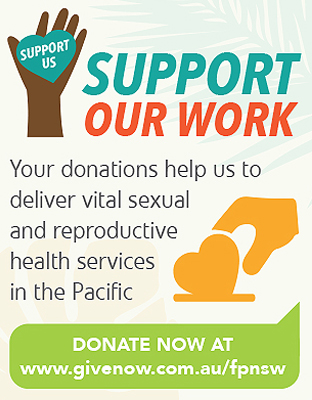Prevalence rate of chlamydia in Family Planning NSW centres
Research status
Completed
Overview of Study
Chlamydia is a common STI with major long-term health and economic consequences for the individual and the community. This study looked at the rate of Chlamydia infection in young women aged between 16 and 24 years of age who attend Family Planning NSW.
Objectives of study
The aims of this study were to: determine the true prevalence of Chlamydia amongst young people age 16-24 attending a range of venues across NSW; characterise those young people with genital Chlamydial infection with respect to age, gender, previous sexual history and service utilisation and compare them with those young people who do not have genital Chlamydial infection; and, to compare the sexual and demographic characteristics of high risk (youth health centres, juvenile justice and pregnant women) with those at moderate risk (family planning).
Participants in this study were:
- aged 16-24 years
- sexually active and attended one of our FPNSW centres for any sexual and reproductive health issue
Participants completed questionnaires about their past contraceptive use and sexual health. A sample of urine was tested for Chlamydia. Those who returned a positive test were asked to return for review and treatment.
Published articles
Chlamydia trachomatis infection in the family planning clinical setting across New South Wales.


